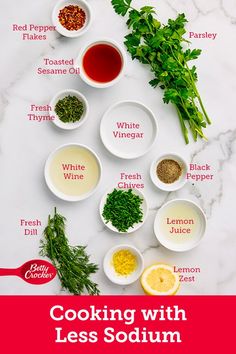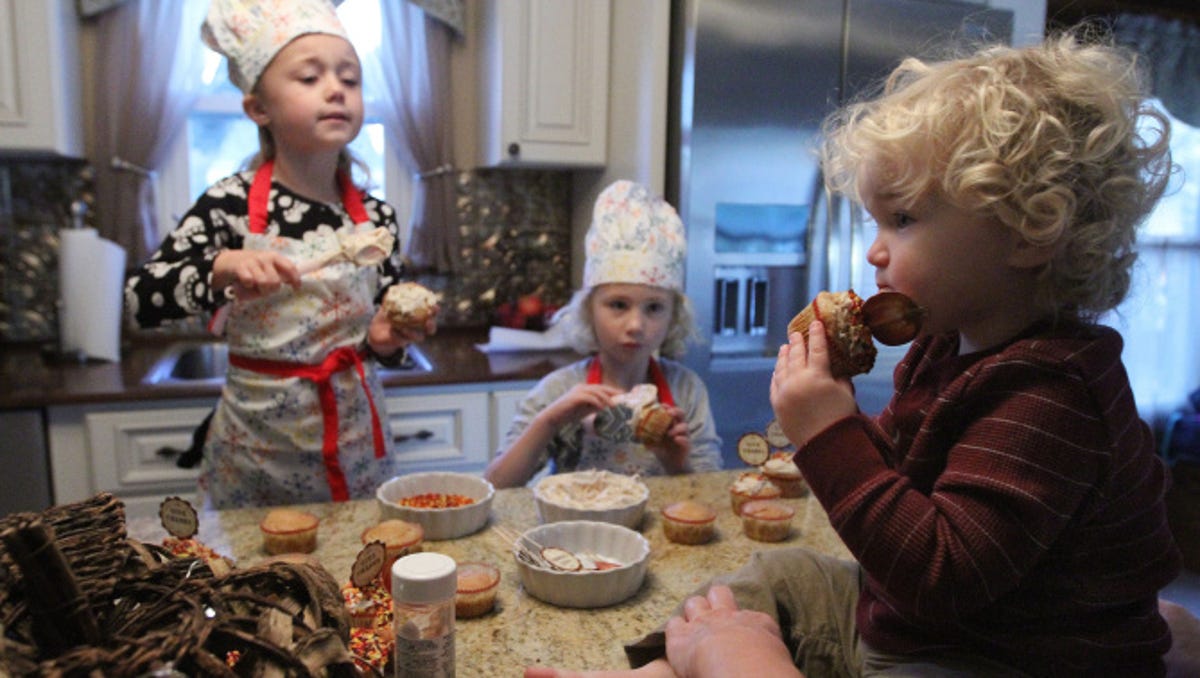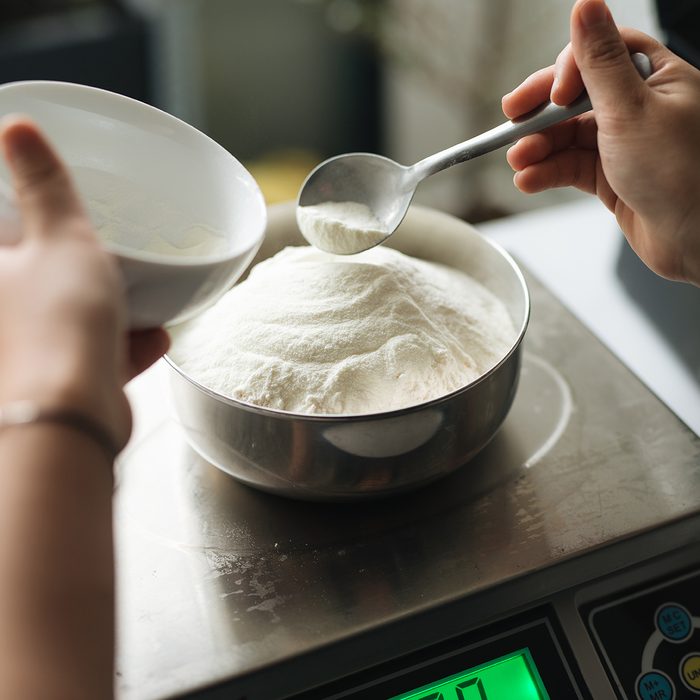
You should be able to create a simple, yet effective, cooking skills checklist for your kids. These skills cover everything from creating creative recipes to making sure the kitchen is safe. These are some of the tips you can use to help your child develop these skills. Here's a sample checklist:
Check out these essential culinary skills
To be a chef, you must have a solid understanding of how to prepare good food. These skills include determining the freshness of ingredients, preparing meats, fruits, vegetables, and converting standard recipes into larger batches. A chef needs to be skilled in time management and an excellent sense of smell, taste, and smell. A chef should also be able handle knives and other food equipment.
Sauteing, a versatile cooking technique, can be used for many ingredients. Sauteed shrimp in garlic butter and light sauteed vegetables are delicious. Braising, which is one of the oldest cooking methods, involves boiling over an open fire. Although it is quite basic, it is extremely useful. A good cook is someone who can boil a food. It is essential to learn how to use the knife and to understand safety tips.
Creativity in cooking
Creative recipes are key to success in cooking. These recipes not only show your creativity but also demonstrate your skills. Divergent thinking is also known as creative thinking. It allows you to think outside the box to come up with innovative ideas. This is an important skill for a cooking career, because it allows you to experiment with different flavors and cooking techniques and impress your customers. Employers will appreciate your creative thinking and the ability to create new recipes. Think of different flavors, and think up interesting themes. To improve your creativity, brainstorm and research cooking methods.

The problem with cooking skills is their inconsistent definitions. The authors are not able to agree on which skill is more important. However, they do agree that it should be redefined. They suggest that the definitions should evolve from the perceived "Golden Age", when cooking skills went beyond basic food preparation. We must support the advancement of these skills in order to ensure that food has a bright future.
In a kitchen, create a safe space
You must create a safe environment for staff in commercial kitchens. Kitchens can be hazardous due to bacteria, electrical appliances, and open fires. It is important to create a plan for cleaning the kitchen and use safety equipment. You should also ensure that your children are always supervised when you're in the kitchen. Safety plans and training employees can make a big difference in preventing accidents.
For all kitchen staff, fire-resistance training and fire safety training are essential. Fire-safety training is available through local fire authorities. Kitchen staff should know where fire blankets and fire extinguishers are, how to operate them, and how to manually initiate the fire-suppression system. As needed, employees should be trained in CPR and emergency first aid. When possible, kitchens should have non-slip flooring and mats.
Identifying food safety hazards
Your safety program should include identifying food safety hazards, regardless of whether you're cooking for your family or catering for special occasions. Food safety starts with identifying potential hazards. It can prevent product recalls and food poisoning outbreaks. Failure to do this can result in regulatory action and brand damage. Food businesses must adhere to Codex HACCP. Identifying hazards is an essential requirement.

Many physical dangers can be harmful to people. They can either be natural or manufactured and can also come from packaging or individuals. Different physical hazards can cause injury or disease differently. These hazards may not be inherently dangerous. But they must be detected and eliminated before they can cause any harm. To find potential hazards, you must identify the source and then determine how to minimize it. You can also inspect the product for signs of potential hazards.
FAQ
How can I learn more about cooking?
There are many cooking classes available all over the country. Many schools offer courses in baking, pastry, and wine tasting. You can take a class at your local vocational school or community college if you are interested in learning more about cooking.
Do I need to attend culinary school to become a cook?
No. Many chefs learned their craft on their own. Some even went to culinary school just to gain experience. Culinary school is preferred by most chefs because they have more opportunities to grow and learn. Culinary schools allow students to learn hands-on skills, and this helps them improve their cooking knowledge.
How do I become a chef?
First, you need to earn a culinary arts diploma in order to get a job working as a chef. Next, join a professional organisation such as ACF. The ACF offers certification exams and networking opportunities.
What's the difference between a professional chef and an amateur cook?
A chef cooks for others. A cook prepares meals for others. Although both jobs require you to prepare food, a chef is more involved in serving customers. They may need to make decisions about what they will serve to their guests based upon their preferences. The cook does not have to interact directly with customers. He or she makes sure that the food is delicious before serving it.
Statistics
- under 10 Kids have been taught that there is special food just for them, and Fiese says that 10 percent of kids will throw a tantrum if they don't get the food they want. (washingtonpost.com)
- On average, chefs earn $58,740 a year, according to the BLS. - learnhowtobecome.org
- The median pay for a chef or head cook is $53,380 per year or $25.66/hour, according to the U.S. Bureau of Labor Statistics (BLS). (learnhowtobecome.org)
External Links
How To
How to cook your steak
The right cooking method for any type of meat depends on its thickness. Thicker steaks, for example, are better cooked at low heat while thicker steaks require higher temperatures.
Also, don't cook them too long as it will cause loss of flavor. Make sure to remove the steaks from the pan after it is done. This will help you avoid burning your skin.
Cooking times vary depending on the size and degree of doneness desired. Here are some general guidelines.
Medium Rare: Cook to medium rare. This means that the internal temperature should reach 145degF (63degC). This will take between 3 to 5 minutes per side.
Medium: Cook until medium, which means the internal temp reaches 160degF (71degC). This takes approximately 6 minutes per side.
When done well, cook until the internal temperatures reach 180°F (82°C). This can take between 8-12 minutes per side.